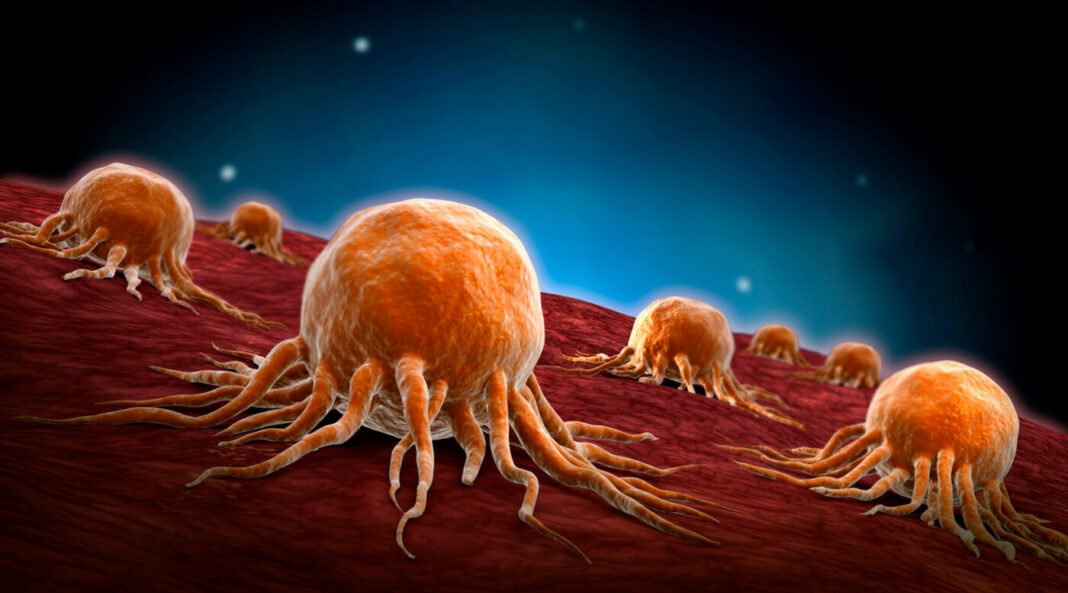Cancer is driven by multiple genetic alterations, from mutations to aneuploidy. Aneuploidy is the presence of an abnormal number of chromosomes in cancer cells. Although aneuploidy is a hallmark of cancer, its understanding is limited. However, a new study from Tel Aviv University (TAU) demonstrates how this characteristic of cancer cells can now be seen as a weak spot, and may potentially lead to the development of drugs that kill cancer cells.
The study, recently published in the journal Nature in a paper titled, “Aneuploidy renders cancer cells vulnerable to mitotic checkpoint inhibition,” was conducted in the laboratory of Uri Ben-David, PhD, assistant professor, TAU’s Sackler Faculty of Medicine, in collaboration with six laboratories from four other countries.
“Selective targeting of aneuploid cells is an attractive strategy for cancer treatment,” the researchers wrote. “However, it is unclear whether aneuploidy generates any clinically relevant vulnerabilities in cancer cells. Here we mapped the aneuploidy landscapes of about 1,000 human cancer cell lines, and analyzed genetic and chemical perturbation screens to identify cellular vulnerabilities associated with aneuploidy.”
According to Ben-David, aneuploidy is the most common genetic change in cancer. Approximately 90% of solid tumors, such as breast cancer and colon cancer, and 75% of blood cancers are aneuploid in nature. The researchers used advanced bioinformatics methods to quantify aneuploidy in approximately 1,000 cancer cell cultures. The researchers then compared the genetic dependency and drug sensitivity of the cells with a high level of aneuploidy to those of the cells with a low level of aneuploidy.
Their findings revealed cancer cells’ heightened sensitivity to damage to the mitotic checkpoint. They also found the molecular basis for the heightened sensitivity of aneuploid cancer cells.
“Indeed, aneuploid cancer cells became increasingly sensitive to inhibition of SAC over time,” noted the researchers. “Aneuploid cells exhibited aberrant spindle geometry and dynamics, and kept dividing when the SAC was inhibited, resulting in the accumulation of mitotic defects, and in unstable and less-fit karyotypes. Therefore, although aneuploid cancer cells could overcome inhibition of SAC more readily than diploid cells, their long-term proliferation was jeopardized.”
Drugs that target the delay of separating chromosomes are undergoing clinical trials, but it is not known which patients will respond to them and which will not. These findings suggest that it may be possible to use aneuploidy as a biological marker to identify patients who will respond better to these drugs.
“It should be emphasized that the study was done on cells in a culture and not on cancer patients. In order to translate it to treatment of cancer patients, many more follow-up studies must be performed. Still, even at this stage, it is clear that the study could have a number of medical implications,” Ben-David said.


